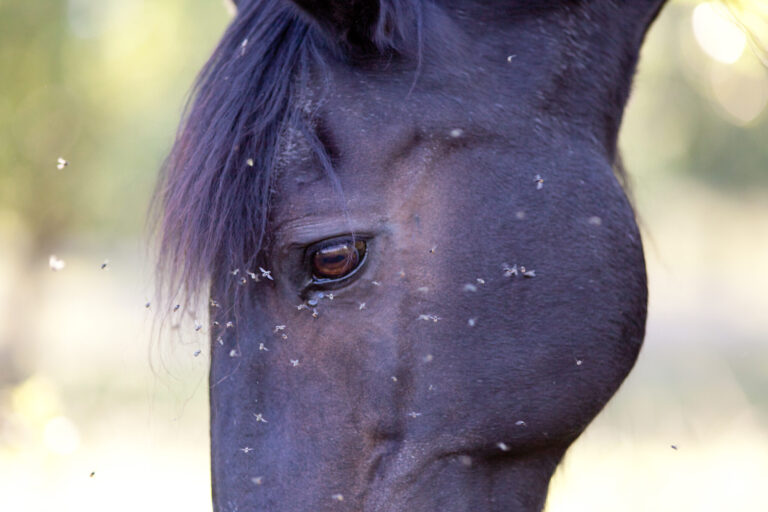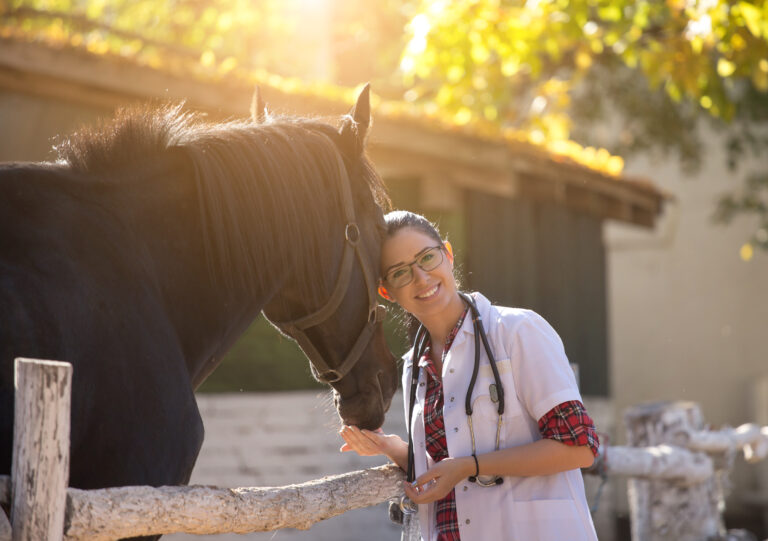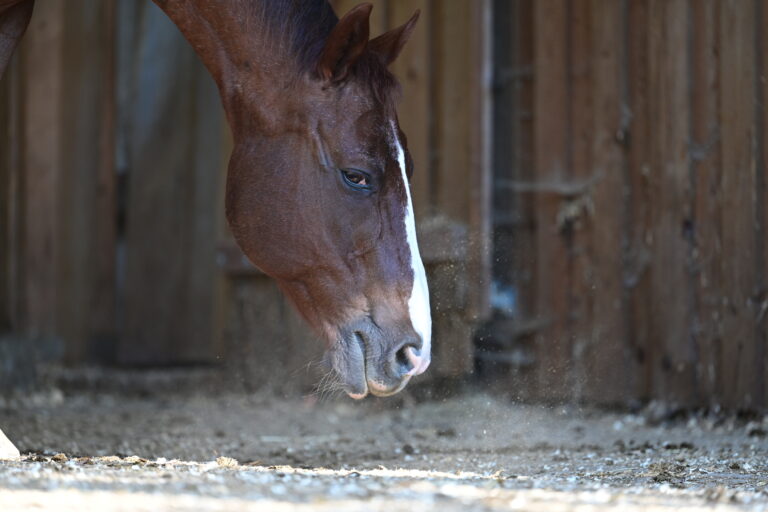
On May 20, the California Department of Food and Agriculture reported that 24 horses tested positive for equine infectious anemia (EIA) in Tulare County. Eleven horses were exposed to the virus.
Angela Pelzel McCluskey, DVM, MS, is a National Equine Epidemiologist for the United States Department of Agriculture (USDA), Animal and Plant Health Inspection Service (APHIS), Veterinary Services. She said this outbreak traced back to bush track racing Quarter Horses. The horses were owned by multiple people, but were connected to the same racing team.
A 3-year-old Quarter Horse stallion in Riverside County, California, was confirmed positive for EIA in early May. None of the other horses on the facility were the horse was housed at that time were positive for EIA or piroplasmosis. But, a trace-back led to the facility in Tulare County where that horse originated found that 24 of the 35 horses on the premises were positive for EIA. All tested negative for piroplasmosis.
“Now we know where that initial horse got the infection,” said Pelzel-McCluskey.
She said the California Department of Food and Agriculture was working with the owners on the disposition of those EIA-positive horses.
Pelzel-McCluskey has said for years that illegal importation of racing Quarter Horses from Mexico is a source of EIA and piroplasmosis in the United States. Then iatrogenic transmission of these diseases (caused by human treatments such as shared needles or blood doping) have further spread them in the United States.
Pelzel-McCluskey warned that some of these Quarter Horses will race in unsanctioned and sanctioned events in the United States, further spreading disease.
The EDCC Health Watch is an Equine Network marketing program that utilizes information from the EDCC to create and disseminate verified equine disease reports. The EDCC is an independent, non-profit organization that is supported by industry donations in order to provide open access to infectious disease information.
About EIA
Equine infectious anemia is a viral disease that attacks horses’ immune systems. The virus is transmitted through the exchange of body fluids from an infected to an uninfected animal, often by blood-feeding insects such as horseflies. It can also be transmitted through the use of blood-contaminated instruments or needles.
A Coggins test screens horses’ blood for antibodies that are indicative of the presence of the EIA virus. Most U.S. states require horses to have proof of a negative Coggins test to travel across state lines.
Once an animal is infected with EIA, it is infected for life and can be a reservoir for the spread of disease. Not all horses show signs of disease, but those that do can exhibit:
- Progressive body condition loss;
- Muscle weakness;
- Poor stamina;
- Fever;
- Depression; and
- Anemia.
EIA has no vaccine and no cure. A horse diagnosed with the disease dies, is euthanized, or must be placed under extremely strict quarantine conditions (at least 200 yards away from unaffected equids) for the rest of his life.







